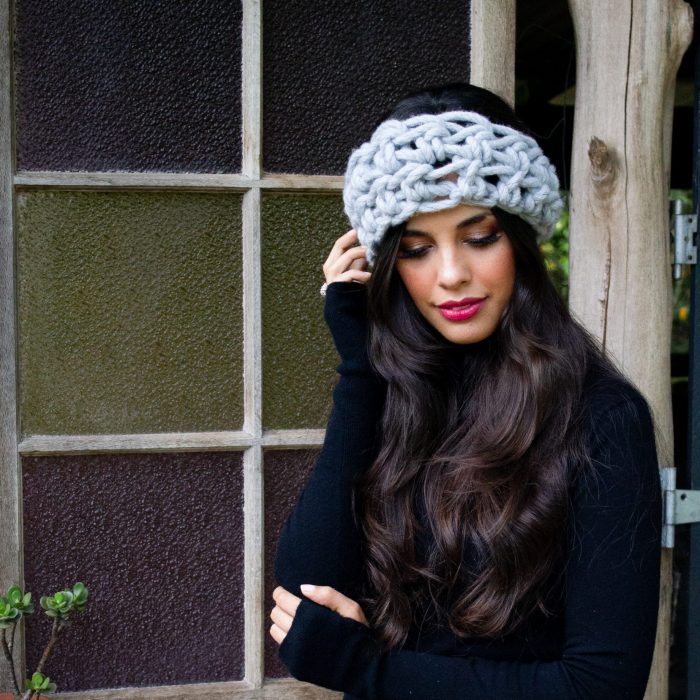
Hello it’s Lynda here from Homelea Lass and welcome to the Spring Headscarf and Cowl crochet pattern and online course.
I’m so glad you’ve decided to make this design. It’s lovely and easy to make and perfect for pulling on as the days warm up in Spring, or as they’re getting cooler in Autumn.
The texture reminds me of leaves and vines growing and moving. Wearing your Spring Cowl feels light, warm and snuggly – perfect for when the air is crisp, and the sun is warm. This stylish accessory is crocheted using gorgeously soft merino wool.
Don’t worry if you’ve never crocheted before – I’ve included simple step-by-step instructions and how to videos to help you out.
how to use this crochet pattern and online course
If you haven’t already, log into your Homelea Lass account – look for the pink button up above that says “Already have this pattern? Log in here”.
Down below you can click through to the crochet pattern and all the parts of the online course. You can even mark the parts and steps complete as you finish them.
Throughout the online course you can make the videos go faster or slower by adjusting the controls in the bottom right corner of the video – click on the gear icon, and then change the “speed” setting. You can also turn on the captions.
I love hearing from you in the Homelea Lass Crochet Facebook group so pop in and tell me how you’re going, ask me your questions and share your progress photos. I love seeing what you’re up to on Instagram too, so tag your photos with @homelealass #homelealass.
I hope you love making and wearing your Spring Headscarf and Cowl.
With love, Lynda.
(Looking for the left handed online course? Find it here.)




